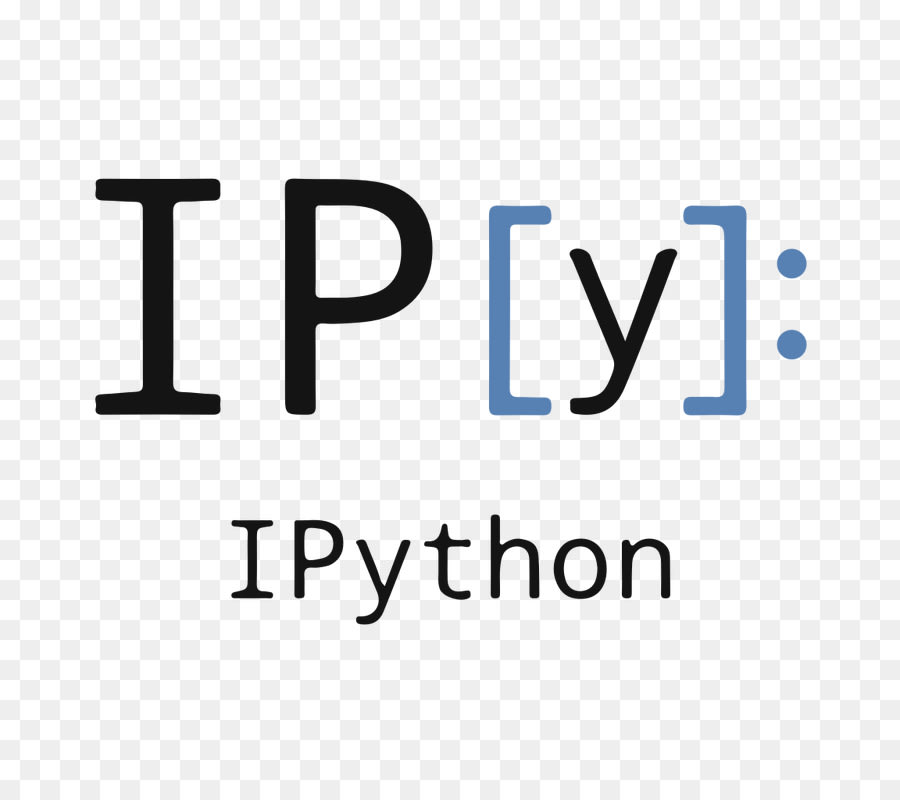Tag: Python 3
How to Install and Use IPython

IPython is a robust Python shell that handles indentation, syntax highlighting, tab completion, and more. In this tutorial, we will cover how to install IPython and walk through how to make use of some features it makes available. Python provides a default REPL or shell for users to run Python code in real-time and see the results. While this default REPL is extremely useful, it does not handle things like indentation, syntax, or highlighting. This is where Ipython shines.
How to Install Python 3 on Ubuntu 18.04
Python is fast becoming one of the most popular programming languages worldwide. Its low entry barrier for new programmers and simple, elegant syntax makes it a fantastic language to start learning. Python is excellent for task automation, and thankfully most Linux distributions come with Python installed right out of the box. This is true of Ubuntu 18.04; however, the Python package distributed with Ubuntu 18.04 is version 3.6.8. This article will cover how to install a newer version of Python, specifically, the latest stable version 3.8.3.
How to Install Pyenv-virtualenv on Ubuntu 18.04

Pyenv is an outstanding tool for managing multiple Python installations. Pyenv-virtualenv is a pyenv plugin that facilitates the creation and management of Python virtual environments with pyenv. This is a compelling proposition, making it possible to manage multiple Python versions with pyenv and provide the means to control the Python environment in a more granular manner.
How to Install Pyenv on Ubuntu 18.04
What is Pyenv?
Pyenv is a fantastic tool for installing and managing multiple Python versions. It enables a developer to quickly gain access to newer versions of Python and keeps the system clean and free of unnecessary package bloat. It also offers the ability to quickly switch from one version of Python to another, as well as specify the version of Python a given project uses and can automatically switch to that version. This tutorial covers how to install pyenv on Ubuntu 18.04.
Creating a Virtual Environment for Python on Ubuntu 16.04
What Is Virtualenv?
Virtualenv is a tool that creates an isolated environment separate from other projects. In this instance, we will be installing different Python versions, including their dependencies. Creating a virtual environment allows us to work on a Python project without affecting other projects that also use Python. It will utilize Python's core files on the global environment to run, thus saving you disk space while providing the freedom to use different Python versions for separate apps or projects.
What is PyCharm?
PyCharm is an IDE (or Integrated Development Environment) for the Python programming language. It is a cross-platform development environment that is compatible with Windows, macOS, and Linux. It provides a tool that integrates code analysis, graphical debugging, unit testing, and also contains an integrated terminal that supports development on remote hosts and virtual machines.
How to Install Python 2 & 3 on CentOS 8

In this tutorial, we will consider how to enable both Python 2 and Python 3 for use on CentOS 8. In earlier distributions of CentOS, an unversioned Python command was available by default.
How to Install Python Packages
Python is a general-purpose programming language designed for various uses. For example, websites, industrial robotics, and even games all use the same core technology.
Installing SQLAlchemy With Pip

The SQLAlchemy Toolkit and Object Relational Mapper is an extensive set of utilities for working with Python and databases. This toolkit provides a package full of popular persistence patterns, designed for economical and robust database accessibility. SQLAlchemy allows a developer to use simple SQL statements (unlike other Object Relational Mapping tools) which provide a helpful method to connect database tables with user-defined Python classes. The SQLAlchemy Object Relational Mapping tool is primarily centered on using the SQL Expression language.
How to Install TensorFlow on CentOS
In this tutorial, we are going to take a look at how to get started with TensorFlow on CentOS. We will be covering two methods. First, we will take a look at installing TensorFlow in a Python virtual environment via the Python package manager pip. After that, we will walk through installing TensorFlow via the Anaconda package manager. Finally, we will cover building a TensorFlow pip package from source.
Our Sales and Support teams are available 24 hours by phone or e-mail to assist.

